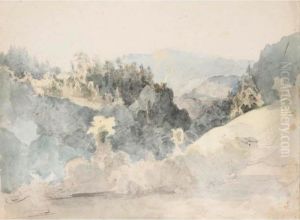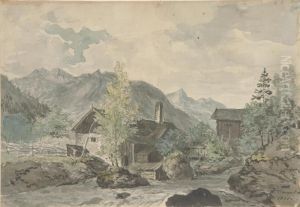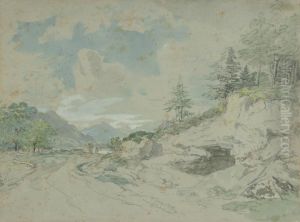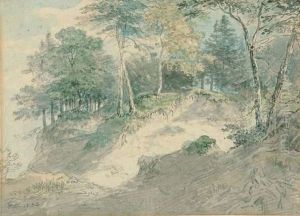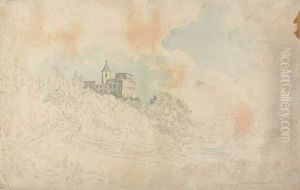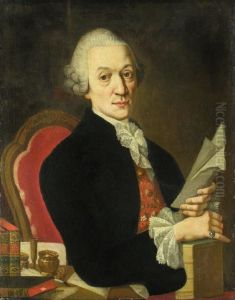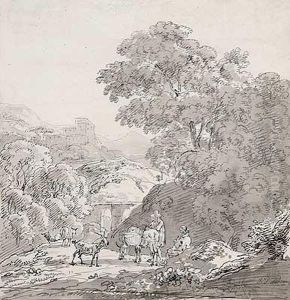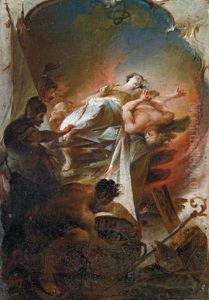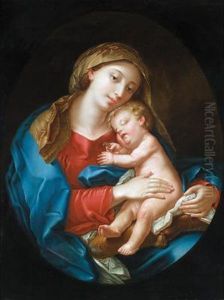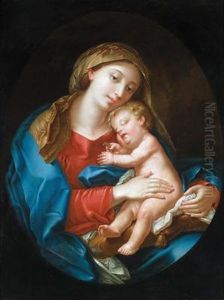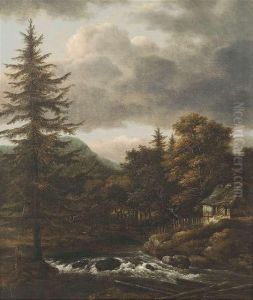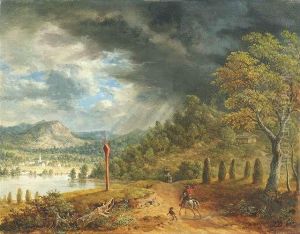Johann Jakob I Dorner Paintings
Johann Jakob I Dorner was a notable German painter born in 1741 in Ehrenstetten, located in the Grand Duchy of Baden. He was renowned for his contributions to late Baroque and early Neoclassical painting, a period that bridged the transition from the ornate and emotionally charged compositions of the Baroque to the more serene and classical approach of Neoclassicism. Dorner's work often reflected this stylistic transition, embodying elements of both movements with a unique flair that has garnered appreciation among art historians.
Dorner's early life was spent in a region rich with the cultural heritage of the Holy Roman Empire, which undoubtedly influenced his artistic development. He initially trained under his father, Johann Jakob Dorner the Elder, who was also a painter, thus continuing a family tradition in the arts. This initial training was crucial in shaping Dorner's early artistic style and philosophy.
Throughout his career, Johann Jakob I Dorner was known for his versatility, working across different mediums and subjects, including religious and mythological scenes, landscapes, and portraits. However, he is perhaps best remembered for his allegorical works and ceiling paintings, which were highly sought after by the religious and secular elite of his time. These works demonstrated not only his skill in composition and color but also his ability to infuse his pieces with the intellectual and emotional depth characteristic of the period's best art.
In addition to his painting, Dorner played a significant role in the artistic community as a teacher, passing on his skills and knowledge to the next generation of artists. Among his students was his son, Johann Jakob Dorner the Younger, who would also go on to become a celebrated artist, thus ensuring the continuation of the Dorner legacy in the arts.
Dorner's contributions to art were not limited to his own creations. He was actively involved in the cultural life of his time, participating in the intellectual circles that were crucial in shaping the aesthetic and philosophical outlook of the era. His works were widely exhibited and collected, a testament to their enduring appeal and the high regard in which he was held by contemporaries.
Johann Jakob I Dorner passed away in 1813, leaving behind a rich legacy that has continued to influence the art world. His ability to navigate the stylistic changes of his time and to contribute significantly to both the Baroque and Neoclassical movements has made him a figure of enduring interest in art history. Today, his works can be found in museums and private collections, where they continue to be studied and admired for their beauty and historical significance.
